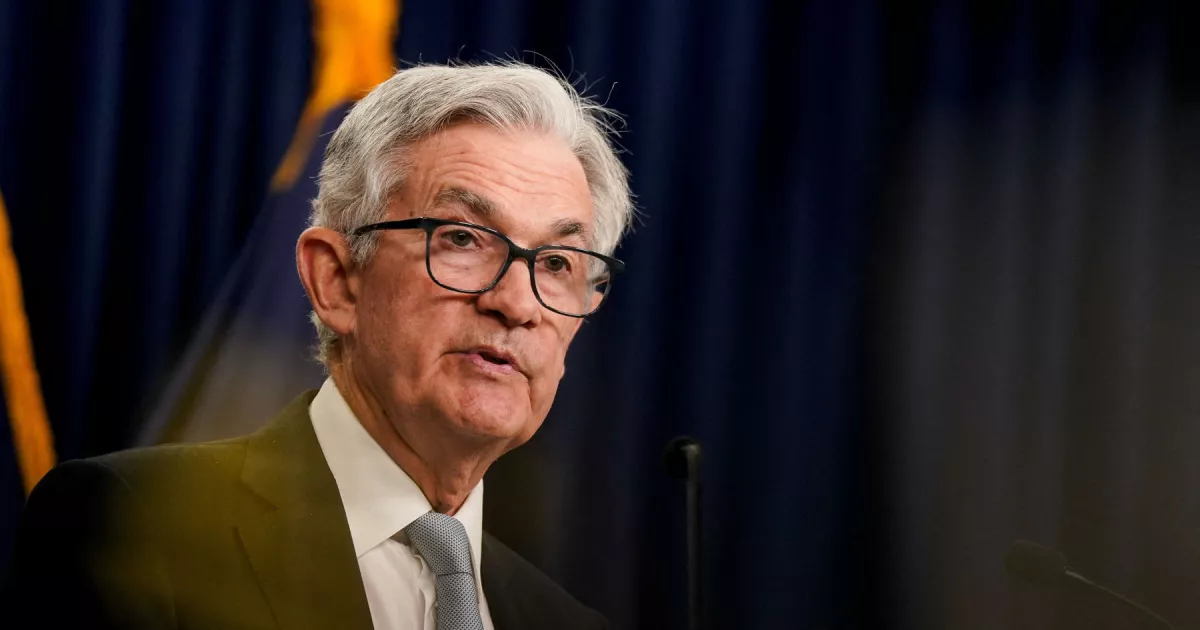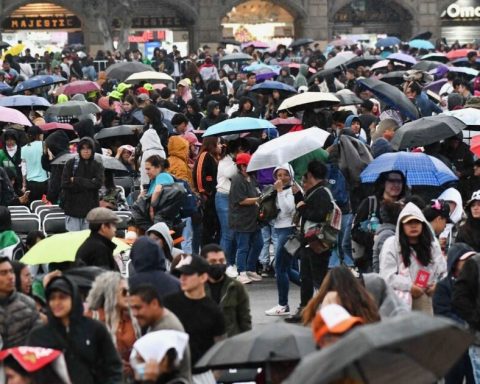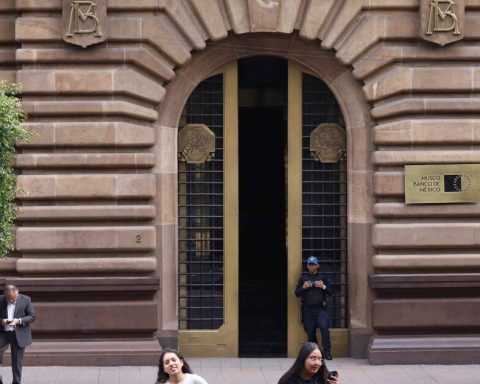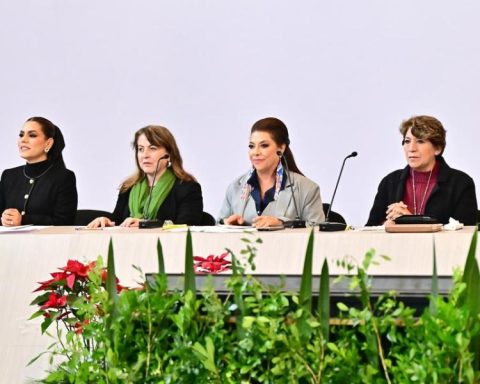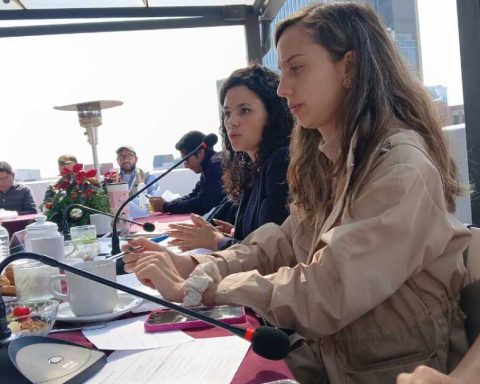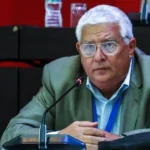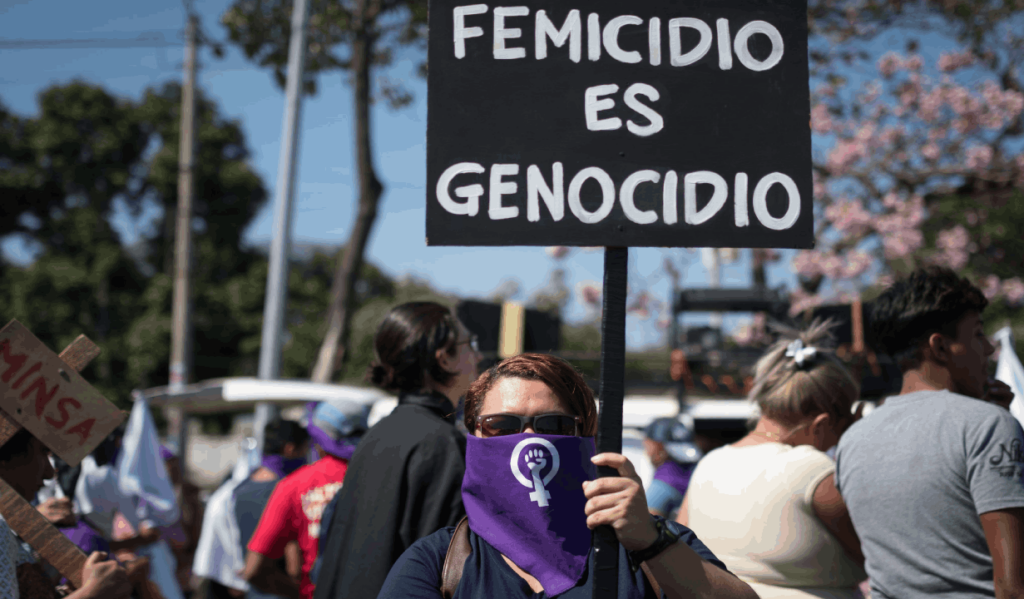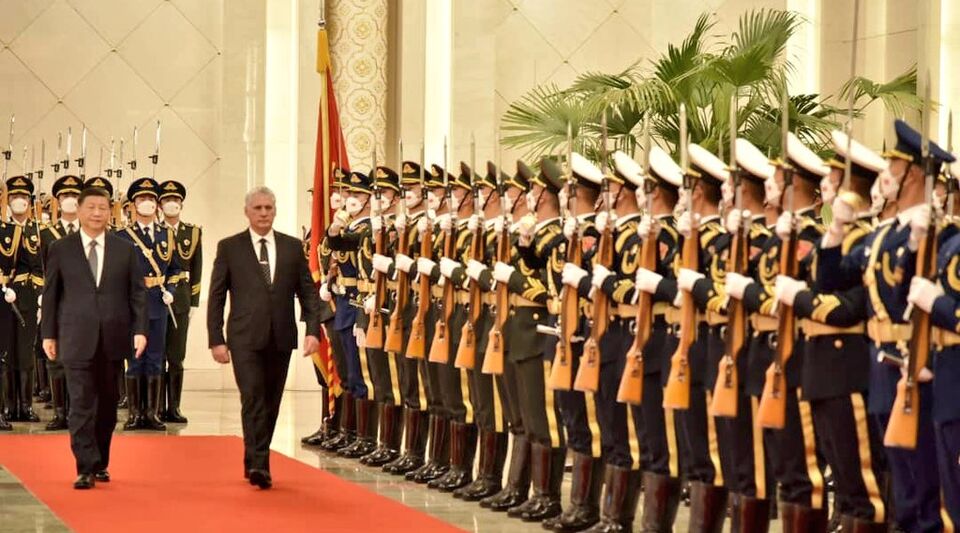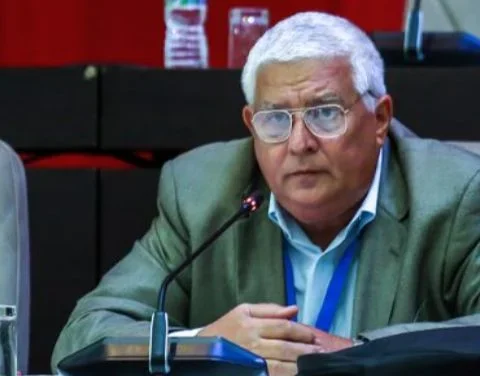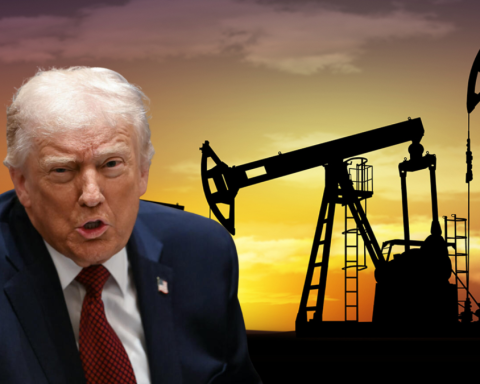“A slower pace… would allow the (Federal Open Market) Committee to better assess progress toward its maximum employment and price stability goals,” the minutes, released Wednesday, say.
“The uncertain lags and magnitudes associated with the effects of monetary policy actions on economic activity and inflation were some of the reasons cited.”
The minutes also showed an emerging debate within the Fed about the risks that rapid policy tightening could pose to economic growth and financial stability, even as central bankers acknowledge there has been little demonstrable progress on inflation and that rates still need to rise.
“A few participants” said a slower rate hike could reduce risks to the financial system, while “a few others” said any slowing in the pace of Fed tightening should wait for “further signs.” evidence that inflationary pressures are receding significantly.
In its statement after the November meeting, the Fed hinted at emerging concerns about the risks of rate hikes, saying that the “pace of future increases” would “take into account cumulative monetary policy tightening, the lags with which Monetary policy affects economic activity and inflation, and economic and financial developments”.
“Many participants commented that there was significant uncertainty about the final level of the federal funds rate needed to achieve the Committee’s objectives,” according to the minutes, suggesting that Fed officials are shifting focus from size from individual rate hikes to trying to gauge the stopping point.
The Fed will hold its next meeting on December 13 and 14. In addition to a monetary policy statement, the central bank will also publish new projections from officials on the path of interest rates, inflation and unemployment.
